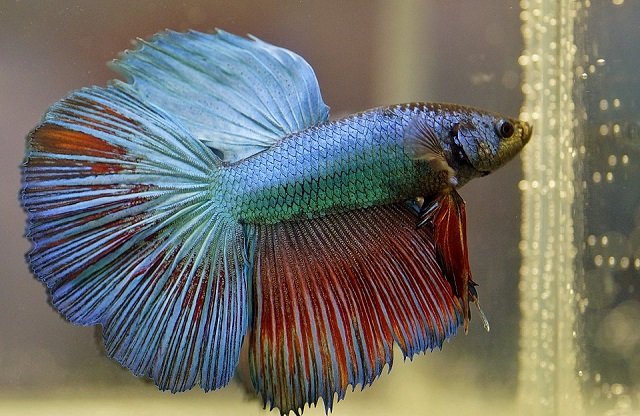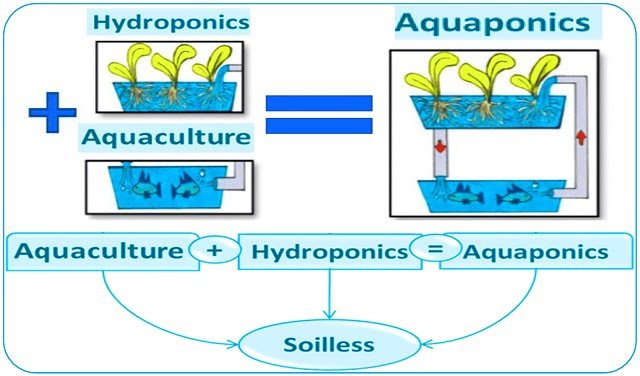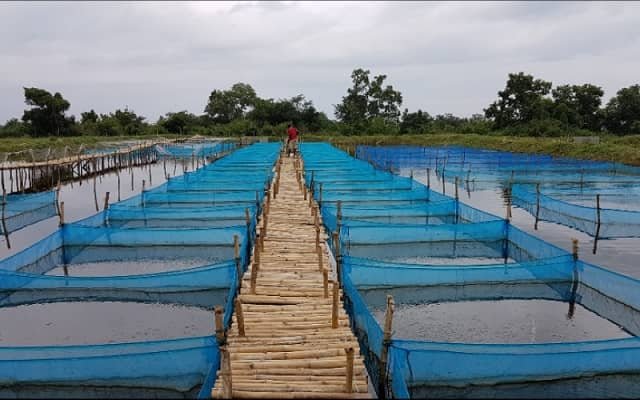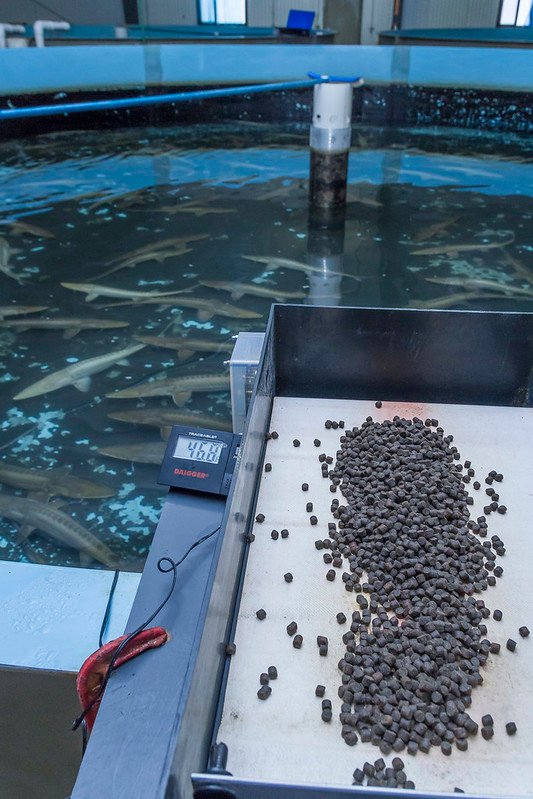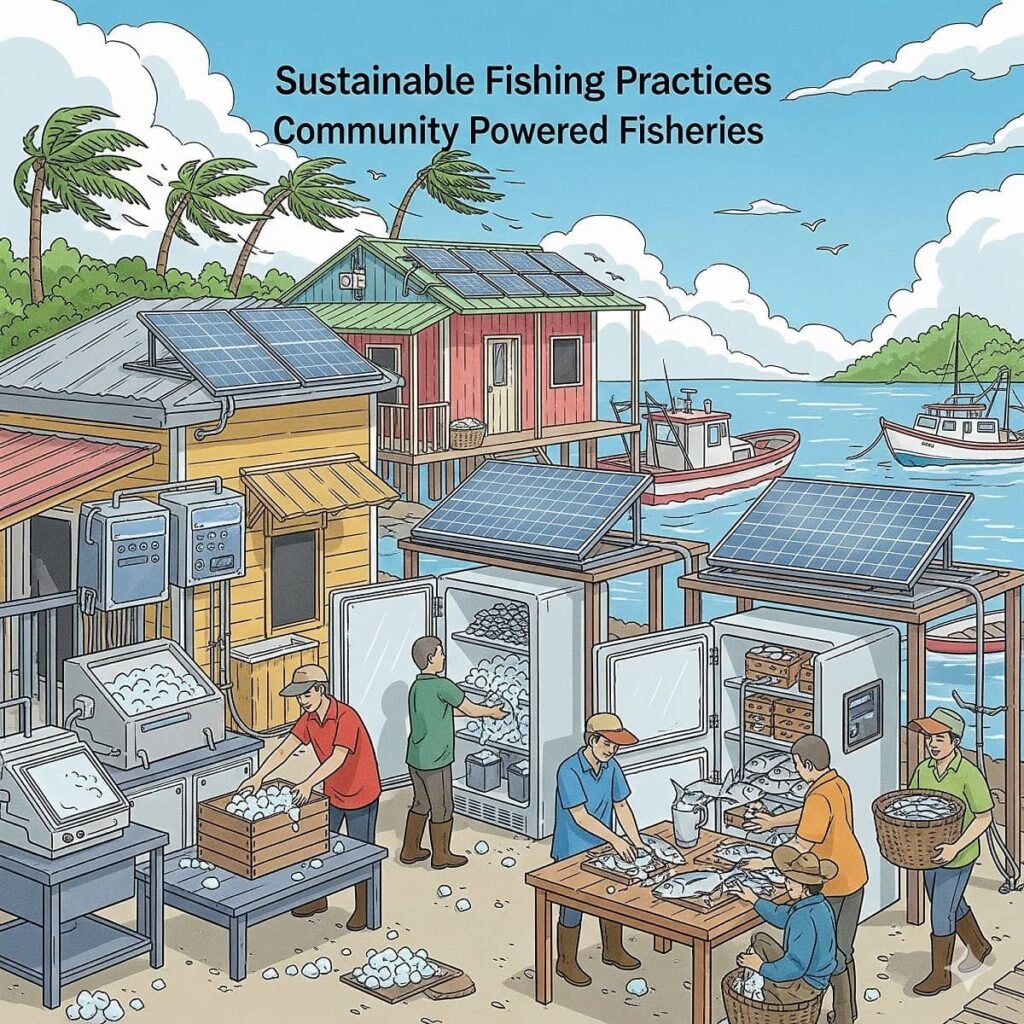
In countless coastal and riverside communities around the world, artisanal fishing is not just a job—it is the cornerstone of food security, employment, and culture. However, an invisible barrier limits its potential: the lack of access to reliable and affordable electricity. Without power, the cold chain breaks, fish spoil quickly, and a significant portion of the catch is lost, along with the effort and income of thousands of families.
In response to this challenge, a new guide from the Food and Agriculture Organization of the United Nations (FAO) sheds light on a promising and sustainable solution: the use of solar photovoltaic energy to power the cold chain in small-scale fishing and resource-limited aquaculture.
Key takeaways
- The lack of reliable electricity is a critical barrier for artisanal fishing communities, preventing the proper preservation of fish.
- Solar photovoltaic (PV) energy offers a sustainable solution to power the cold chain (ice, refrigeration, freezing), reducing post-harvest losses and dependence on fossil fuels.
- Implementing solar refrigeration systems not only improves the quality and safety of fish but also opens new market opportunities and increases the income of fishers, processors, and traders.
- Despite its benefits, the adoption of this technology faces challenges, including high initial investment costs, the intermittency of power generation, and the need for specialized technical expertise for maintenance.
Why is solar energy a revolution for artisanal fishing?
Solar energy, captured through photovoltaic (PV) panels, presents a viable alternative for generating electricity in remote or off-grid areas. For artisanal fishing, its benefits go beyond simply lighting a bulb; they translate into a complete transformation of the post-harvest stage.
- Economic benefits: By powering refrigeration and ice-making systems, solar energy allows fishers to preserve their catch for longer. This drastically reduces post-harvest losses, opens access to more distant markets, and allows for a better price for a higher-quality product. Furthermore, it creates independence from the price volatility of fossil fuels and can generate new employment opportunities in facility maintenance.
- Environmental benefits: The use of solar energy reduces dependence on diesel generators, lowering greenhouse gas (GHG) emissions and noise pollution. An ice production system in Indonesia, for example, can save up to 40 tons of CO2 and 14,000 liters of diesel annually.
- Social benefits: A robust cold chain improves food security by providing consumers with safer, better-quality fish. Solar installations can also have additional community uses, such as charging mobile phones or refrigerating other products, thereby improving the overall quality of life.
The key components of a solar refrigeration system
An autonomous (off-grid) photovoltaic system, ideal for remote areas, consists of several components that work together to convert sunlight into cold:
- Solar Panels (or PV modules): Capture sunlight and convert it into direct current (DC) electricity.
- Batteries: Store the energy generated during the day to ensure a continuous supply at night or on cloudy days. They are crucial for the system’s autonomy.
- Charge controller: Regulates the flow of electricity from the panels to the batteries, protecting them from overcharging and deep discharging to extend their lifespan.
- Inverter: Converts the direct current (DC) electricity stored in the batteries to alternating current (AC), which is used by most conventional refrigeration equipment.
- Mounting structures: Support the panels, ensuring they are correctly oriented to maximize sunlight capture and can withstand local weather conditions.
Practical applications: From ice to freezing
The FAO guide highlights several transformative applications of solar energy in the fishery cold chain.
Ice production: The essential preservative
Ice is fundamental for rapidly chilling fish after capture, slowing the action of bacteria and enzymes that cause spoilage. Solar systems can power machines to produce:
- Block Ice: Ideal for hot climates due to its slow melting rate, although it needs to be crushed before use. In Sulamu, Indonesia, a solar plant capable of producing up to 1 ton of block ice per day was implemented to supply the local fishing community.
- Flake Ice: Produced more quickly and offers high cooling efficiency. In Saloulou, Senegal, the installation of a small flake ice factory powered by 30 solar panels allowed local fishers to minimize losses and improve their operational efficiency.
Freezing and refrigeration for superior quality
For longer-term preservation, freezers are the solution. Photovoltaic systems can power direct current (DC) chest freezers, which are highly energy-efficient.
A notable success story comes from the Solomon Islands, where women’s groups received solar-powered freezers. This innovation not only enabled them to store and sell fish, generating over USD 6,000 in savings, but also integrated seamlessly with their livelihood activities, demonstrating that small-scale solutions can be financially viable and socially inclusive.
Stay Always Informed
Join our communities to instantly receive the most important news, reports, and analysis from the aquaculture industry.
A realistic look at the challenges
Despite its enormous potential, the adoption of the solar cold chain is not without its challenges. The high initial investment cost is the primary barrier for small-scale communities. This is compounded by the intermittency of the energy source, which depends on weather conditions and requires properly sized battery banks to ensure autonomy.
Finally, these systems require technical knowledge for proper installation, operation, and maintenance—a capacity not always available in remote areas. Regular cleaning of the panels and monitoring the condition of the batteries are crucial tasks to ensure the system’s efficiency and longevity.
Conclusion: An investment in a sustainable future
Solar photovoltaic energy is positioned as a key technology to strengthen the resilience and prosperity of artisanal fishing. By bridging the energy gap, the solar-powered cold chain allows fishing communities to reduce waste, improve product quality, and access better markets, contributing directly to food security and poverty reduction.
While the initial investment and technical challenges are significant considerations, the long-term economic, social, and environmental benefits show that betting on the sun is a strategic decision. As the FAO guide emphasizes, combining this technology with training and good handling practices is the way to ensure that every catch reaches its maximum value, empowering the communities that depend on the sea for their livelihood.
To maximize impact, solar technology must be complemented by good handling, hygiene, and food safety practices throughout the entire value chain.
Reference (open access)
Rincon, L., Ward, A., Vaskalis, I., Milani, M., Gallego, J. & Morese, M.M. 2025. Solar energy and the cold chain – A guide for small-scale fisheries interventions. Environment and Natural Resources Management Working Paper, No. 104. Rome, FAO. https://doi.org/10.4060/cd5864en
Editor at the digital magazine AquaHoy. He holds a degree in Aquaculture Biology from the National University of Santa (UNS) and a Master’s degree in Science and Innovation Management from the Polytechnic University of Valencia, with postgraduate diplomas in Business Innovation and Innovation Management. He possesses extensive experience in the aquaculture and fisheries sector, having led the Fisheries Innovation Unit of the National Program for Innovation in Fisheries and Aquaculture (PNIPA). He has served as a senior consultant in technology watch, an innovation project formulator and advisor, and a lecturer at UNS. He is a member of the Peruvian College of Biologists and was recognized by the World Aquaculture Society (WAS) in 2016 for his contribution to aquaculture.
